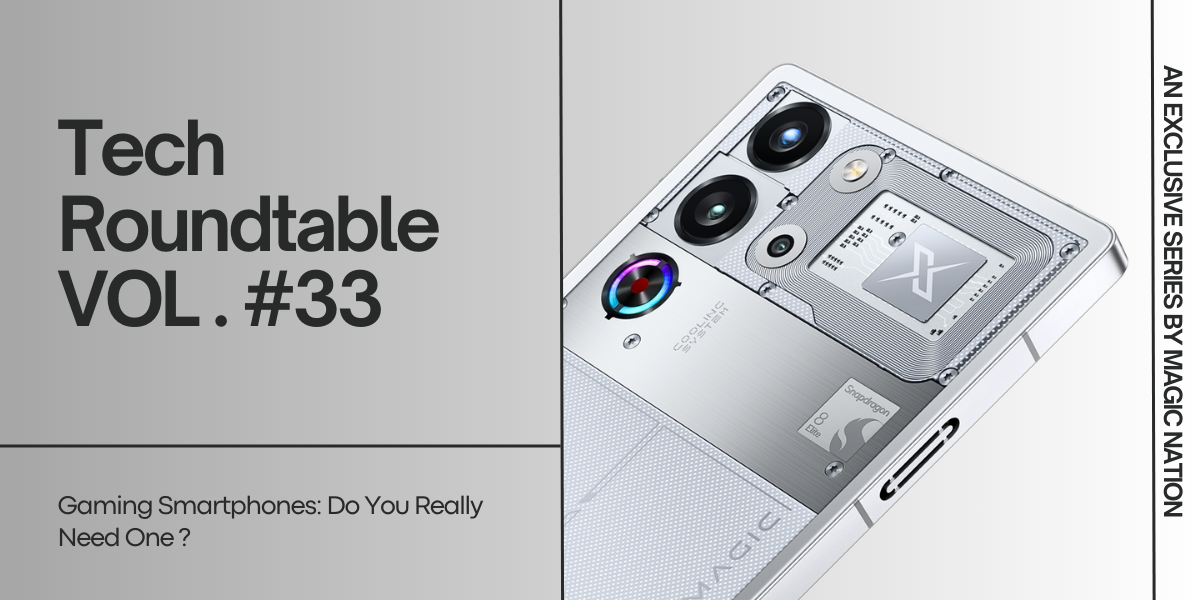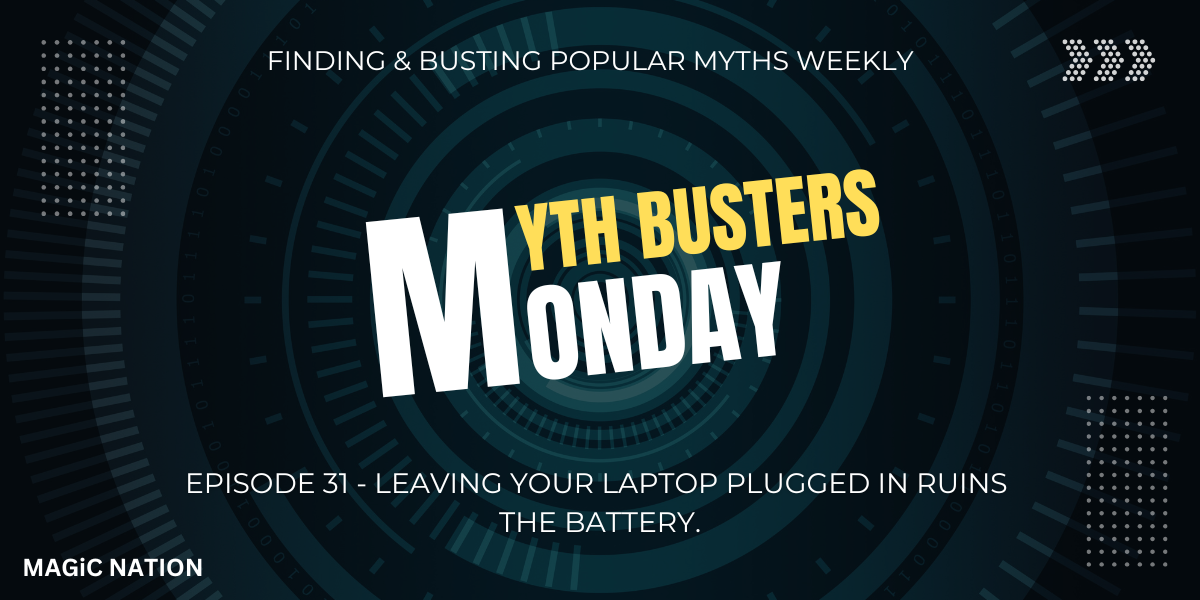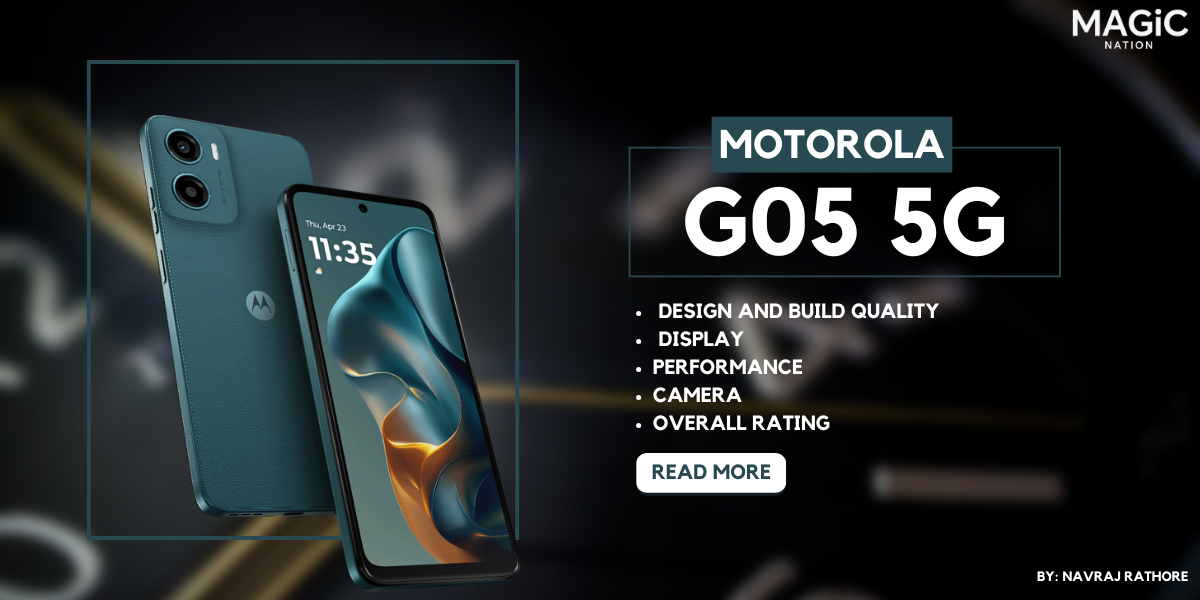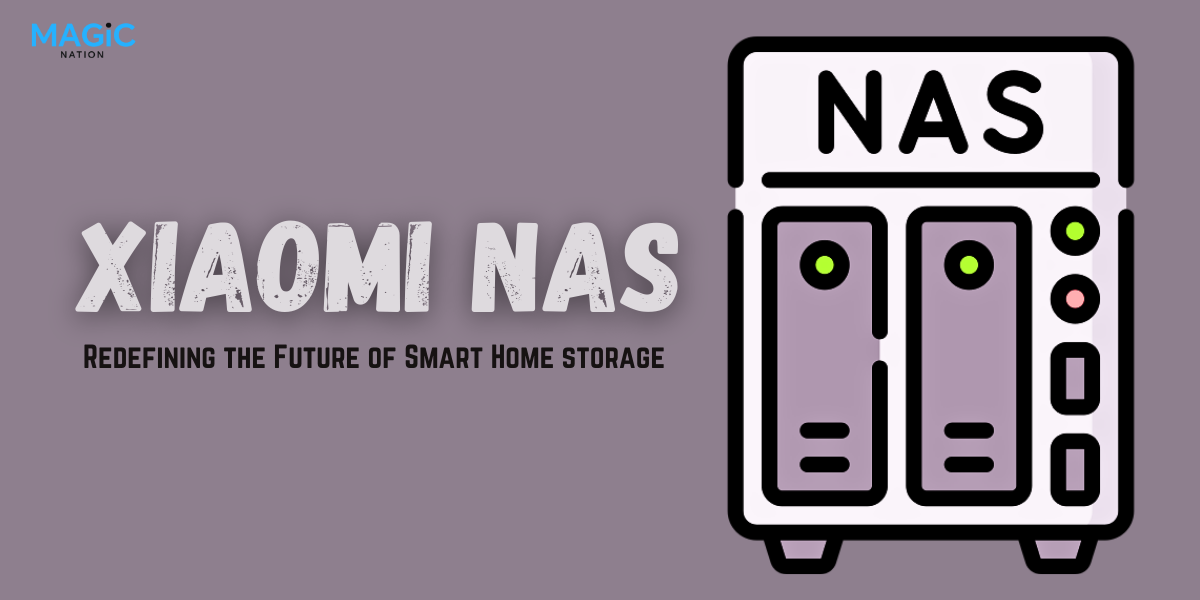How Deepfake Technology Can Be Misused and How to Fight Back
- Joined: Wed Nov 29, 2023 10:54 am
Deepfake technology is a method for manipulating videos, images, or audios using powerful computers and deep learning. It can create realistic-looking and sounding media of people doing or saying things they did not do or say. While this technology can have some positive applications, such as entertainment, education, or art, it also poses serious ethical and social risks. In this article, we will explore some of the ways that deepfake technology can be misused and how we can protect ourselves from being deceived or harmed by it.Blackmail, Intimidation, and SabotageOne of the most common and dangerous misuses of deepfake technology is to create fake media that can be used to blackmail, intimidate, or sabotage someone. For example, a deepfake video can show a person engaging in illegal, immoral, or embarrassing activities, and then be used to extort money, influence, or favors from them. Alternatively, a deepfake audio can mimic a person’s voice and make them say something that can damage their reputation, relationships, or career. A deepfake image can also alter a person’s appearance and make them look older, younger, or different in some way. These types of deepfakes can have devastating consequences for the victims, such as psychological distress, loss of trust, or even physical harm.To prevent or counter these misuses, we need to be vigilant and skeptical about the media we consume and share. We should always verify the source, date, and context of any media that seems suspicious or too good to be true. We should also use tools and techniques that can help us detect deepfakes, such as reverse image search, metadata analysis, or specialized software. If we are targeted by a deepfake, we should report it to the authorities and seek legal or professional help.Ideological Influencing and Incitement to ViolenceAnother way that deepfake technology can be misused is to create fake media that can influence people’s opinions, beliefs, or behaviors in a negative or harmful way. For example, a deepfake video can show a political leader, a religious figure, or a celebrity endorsing or opposing a certain cause, policy, or product, and sway the public’s perception or decision. Alternatively, a deepfake audio can make a person sound angry, hateful, or violent, and incite others to act in a similar way. A deepfake image can also depict a false or exaggerated scenario, such as a war, a disaster, or a crime, and create fear, panic, or outrage among the viewers. These types of deepfakes can have serious implications for democracy, security, and peace, as they can manipulate people’s emotions, attitudes, and actions.To prevent or counter these misuses, we need to be critical and informed about the media we consume and share. We should always check the facts, evidence, and arguments behind any media that seems biased, misleading, or inflammatory. We should also use tools and techniques that can help us detect deepfakes, such as fact-checking websites, media literacy programs, or specialized software. If we encounter a deepfake, we should report it to the authorities and seek reliable or alternative sources of information.ConclusionDeepfake technology is a powerful and innovative technology that can create realistic and convincing media of people doing or saying things they did not do or say. While this technology can have some positive applications, it also poses serious ethical and social risks, as it can be misused to blackmail, intimidate, or sabotage someone, or to influence or incite people in a negative or harmful way. To protect ourselves from being deceived or harmed by deepfake technology, we need to be vigilant, skeptical, critical, and informed about the media we consume and share. We also need to use tools and techniques that can help us detect deepfake technology, and report and seek help if we are targeted by it.
Signing off!
@IRishabhInd
@IRishabhInd










